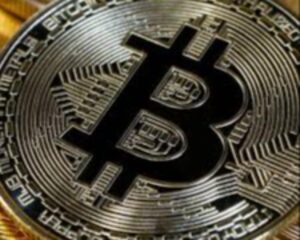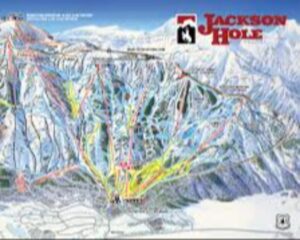Stablecoins are gaining serious traction on Wall Street. One of the biggest reasons is the potential for massive growth—some estimate the stablecoin market could eventually be worth trillions. Companies like Circle, which recently went public, have already seen massive jumps in their stock prices. Behind this excitement is a belief that stablecoins could change how money moves globally, much like credit cards did decades ago.
Major players in both tech and finance are getting involved. Payment company Fiserv recently launched its own stablecoin, and Mastercard has connected it to its own network. Companies like ScaleAI and SpaceX are already using stablecoins to handle payments across borders. For example, SpaceX uses them to accept payments for its Starlink services in local currencies and convert them into U.S. dollars efficiently.
This shift isn't just about convenience. It’s about transforming the infrastructure of global finance. The ability to move money instantly and with lower fees makes stablecoins a powerful tool. Many believe that as regulations become clearer, more traditional banks and financial companies will join in. Today, the $400 billion stablecoin market is dominated by Tether and Circle, but that’s likely to change.
To truly scale to the trillions, a large chunk of stablecoin transactions will need to go through traditional financial institutions. That means banks, payment processors, and even local lenders will play a critical role. We’re already seeing fintech companies like Stripe getting ahead of the curve—it recently acquired Bridge, a company that connects stablecoins to real-world payments.
Meanwhile, the idea of tokenization is expanding. A company called Republic now lets users buy tokens representing private firms like SpaceX or OpenAI for as little as $50. This is a big shift from the usual $10,000 minimum for private investing and could open doors for many smaller investors.
In short, stablecoins are becoming more than just a crypto tool—they're shaping up to be a new global financial system.





